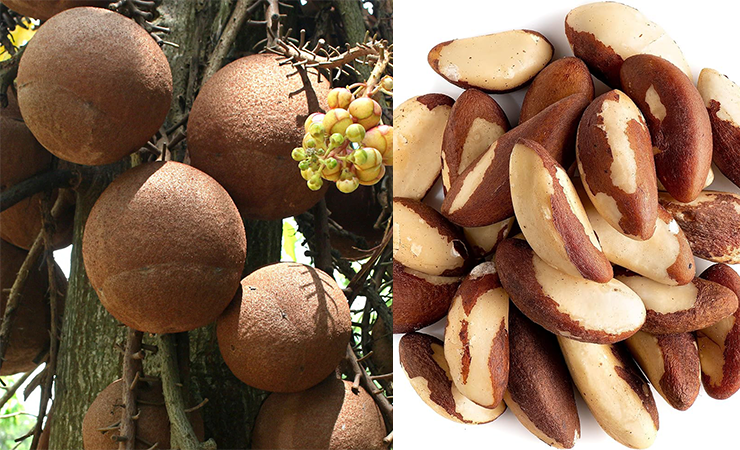
Brazil Nut, known for its rich, creamy flavor, comes from the Bertholletia excelsa tree, native to the Amazon rainforest in Brazil, Bolivia, and Peru. These nuts grow inside large, coconut-like pods, each containing 12-24 seeds, commonly referred to as Brazil nuts. They are typically harvested from the wild rather than cultivated in plantations.
Brazil nuts have a distinct taste, often described as a mix between macadamia nuts and almonds, with a slight bitterness. They can be eaten raw or roasted and are commonly used in baking and cooking or added to salads and desserts.
Nutritionally, Brazil nuts are high in calories, although rich in healthy fats, particularly monounsaturated and polyunsaturated fats, and are an excellent source of protein and fiber. Additionally, they are known for their high selenium content, a vital mineral for thyroid function and antioxidant protection.
While Brazil nuts are calorie-dense, they can be part of a healthy diet if consumed in moderation. Due to their high selenium content, it is recommended not to consume more than one to two nuts per day to avoid selenium toxicity, which can have adverse health effects.
For weight loss, Brazil nuts should be eaten in controlled portions. Their high-fat content can help with satiety, preventing overeating. However, due to their high-calorie nature, overconsumption can lead to weight gain. Therefore, they are best enjoyed as part of a balanced diet, either solo as a snack or incorporated into meals for added flavor and nutrition.
The post Brazil Nut appeared first on The Fashiongton Post.
